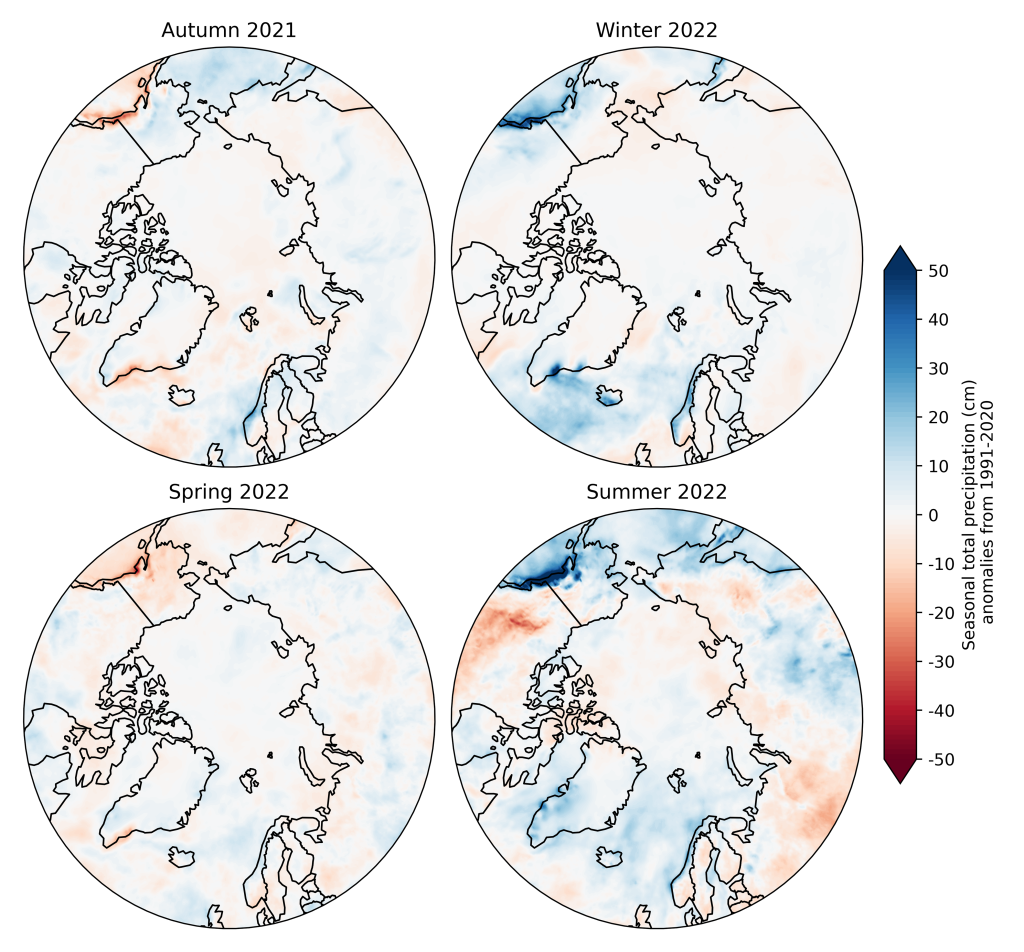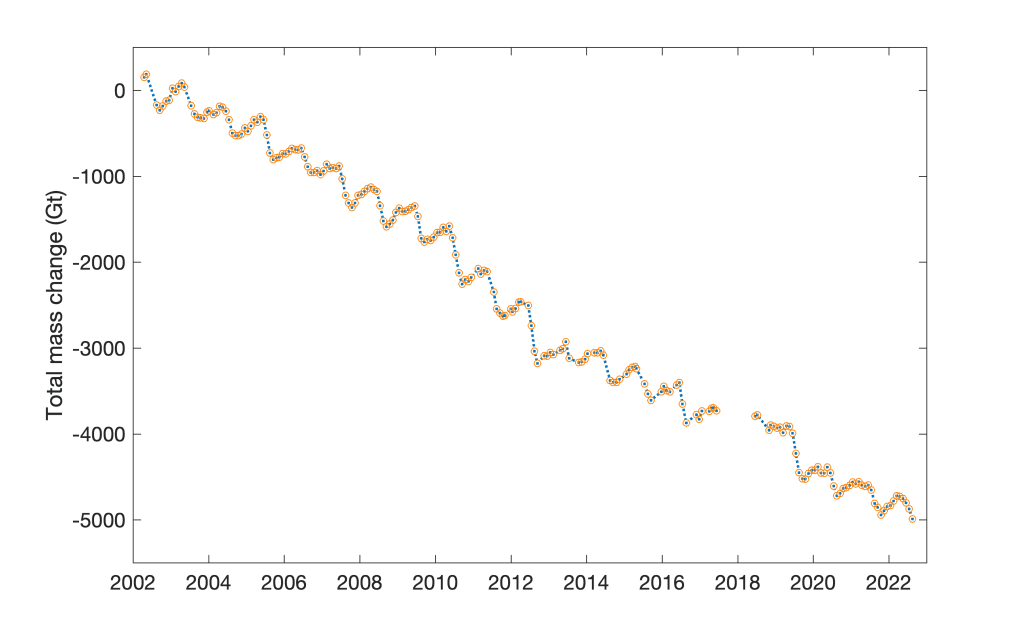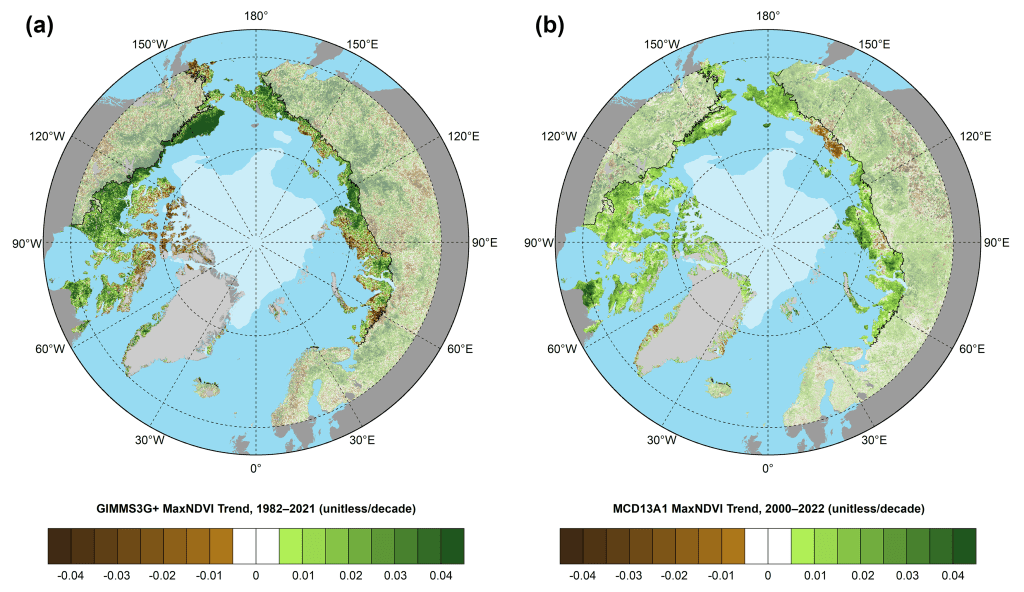Precipitation
Globally, precipitation over land has likely increased since 1950, consistent with increases in total atmospheric moisture. Climate models project an increase in Arctic precipitation, a transition from snowfall- to rainfall-dominated climates, and a higher frequency of heavy precipitation events.









